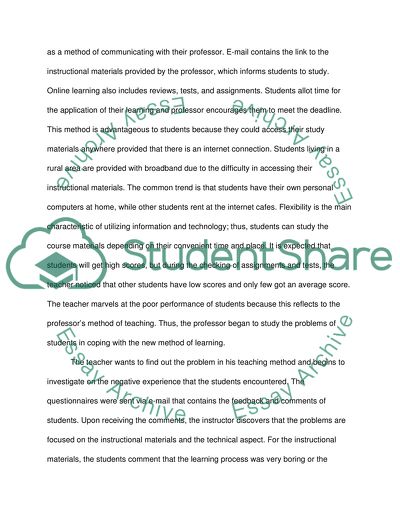Cite this document
(“Applying the Principles of Instructional Design in E-Learning Research Paper”, n.d.)
Applying the Principles of Instructional Design in E-Learning Research Paper. Retrieved from https://studentshare.org/education/1442171-applying-the-principles-of-instructional-design
Applying the Principles of Instructional Design in E-Learning Research Paper. Retrieved from https://studentshare.org/education/1442171-applying-the-principles-of-instructional-design
(Applying the Principles of Instructional Design in E-Learning Research Paper)
Applying the Principles of Instructional Design in E-Learning Research Paper. https://studentshare.org/education/1442171-applying-the-principles-of-instructional-design.
Applying the Principles of Instructional Design in E-Learning Research Paper. https://studentshare.org/education/1442171-applying-the-principles-of-instructional-design.
“Applying the Principles of Instructional Design in E-Learning Research Paper”, n.d. https://studentshare.org/education/1442171-applying-the-principles-of-instructional-design.


